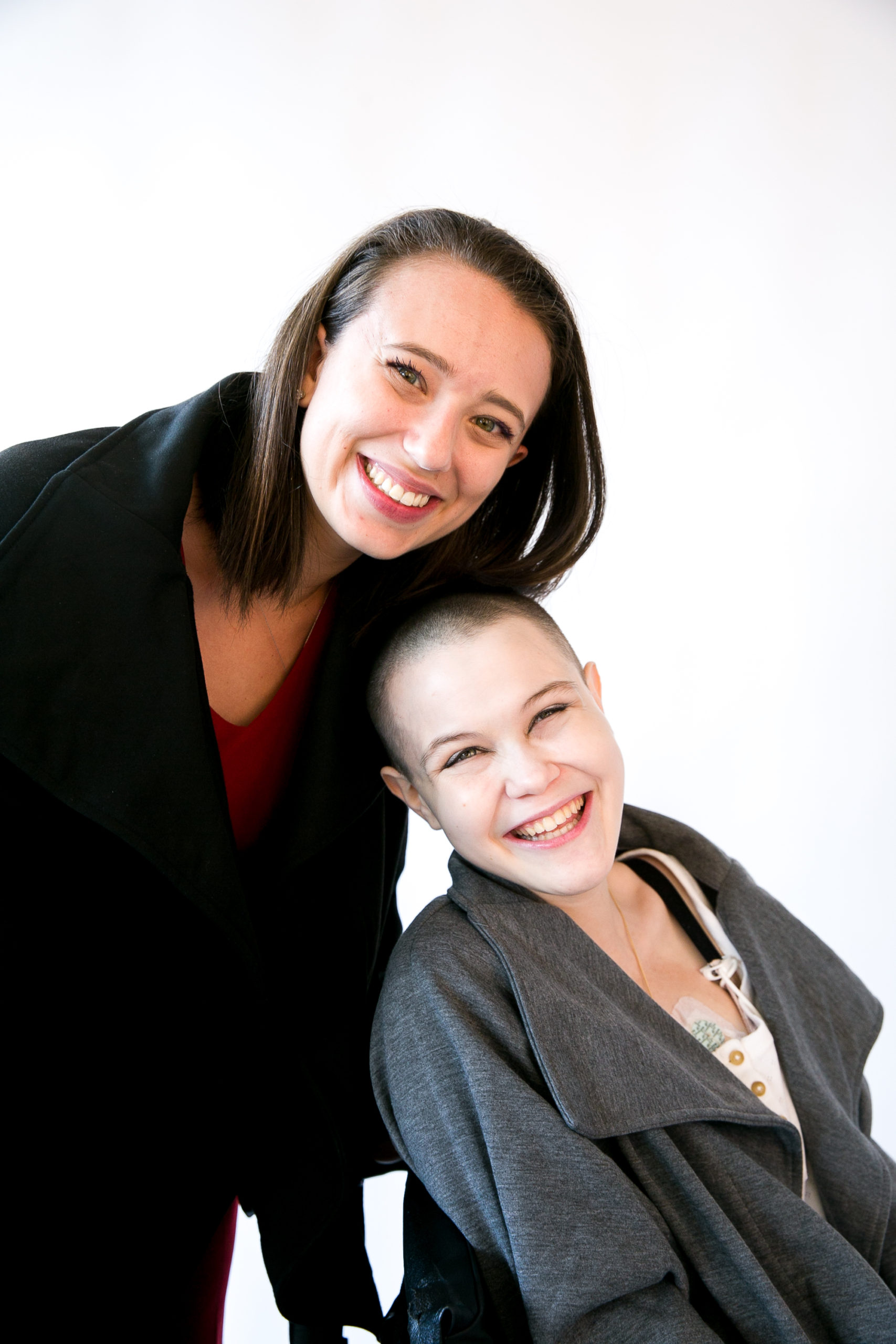Diversity, Equity, and Inclusion is no longer a fringe term – it’s happening everywhere. Over the past few decades, industries have started to embrace our sizes, shapes, colors, and genders. We have seen people surpass stereotypes over and over again and start to pave the way for future successes, from highly successful female CEOs to an African American male rise to the highest office in the country.
But what about the often invisible 3 in 5 Americans who live with a chronic illness or disability? In this trend toward inclusion, do we see ourselves in the mainstream?
Not yet. But we should, especially considering we make up the third-largest market segment in the country.
People like me, people who struggle with a chronic illness, may look “normal” to others but we still have adaptive needs. And as the adaptive wear industry continues to grow, we must make sure to include people living with illness in fashion movement.
The Adaptive Wear movement has revolutionized everyday clothing into styles that are easily worn by individuals with physical disabilities and chronic health setbacks. This innovative clothing provides comfort, protection, quicker access to medical accessories, and most importantly – adaptive wear gives a greater sense of confidence to those who wear it. When living with a chronic illness, dressing can be a very difficult task, but Adaptive Wear plays a vital role in making dressing much easier and more enjoyable.
I am strongly and fearlessly advocating for the fashion and medical industries to change and become more inclusive, just like every other industry has done, but also to make sure they are including those living with illness in the process.
There are more than 133 MILLION Americans who don’t regularly see themselves represented in the mainstream fashion world.
In the rare cases that we have been included, we have been seen as the token “sick person” and the “healthy people” are tasked with making the final decision about the products that are supposedly to help us live a better life.
Thankfully, inclusion is the latest and greatest in fashion, it is a growing industry and is here to stay. Buying trends have shown that people love to buy from companies that are seen as “inclusive” which is why many well-known brands are starting to add adaptive lines. Tommy Hillfiger’s adaptive wear line, for example, has already seen success, “selling in all 50 states and making up 20% of their sales”. We believe this is the most crucial market that fashion needs to continue to tap into.
In the same way that plus size wear was once considered niche, or that diaper bags became fashionable (hey, even Gucci has one these days) adaptive clothing is the next frontier in the fashion world – and I’m on a mission to make sure that the illness community is included in that movement.
Through my work as the founder of Mighty Well, I’ve seen first-hand how powerful it is when you consider all experiences when designing products, particularly the needs of patients. And as the adaptive wear industry continues to grow, I challenge every major fashion brand be thoughtful about chronic illness inclusion. Become a part of the fashion movement to engage the chronic illness community, a community that consistently feels ignored, whose needs have been unmet for too long. It’s time for fashion without compromise.

